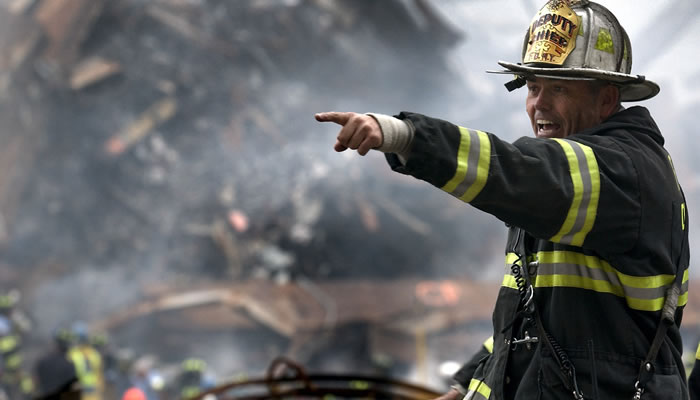We protect ourselves for the worst case scenario and hope that we never have to live through it. But it did… now what???
Filing a claim is new terrain for most, and preparing one right after a devastation makes it feel all that more overwhelming. But since the responsibility of preparing your claim lies on your shoulders this circumstance unfortunately falls into the “too bad” category of life.
The claim list of questions can seem endless and confusing, especially since the insurance company is working hard to make sure your settlement will be as low as possible, or even denied. This means you’ll have to work overtime on counteracting them by submitting a thorough and accurate claim. It’s also VERY important to submit your claim in a timely manner.
Of course we recommend hiring us to step in and help you out at this point, but whether you do or not, there are a number of steps that you should do immediately after a disaster to to insure the settlement you deserve won’t be jeopardized.
STEP ONE: Start making calls
No matter the type of loss you’ve suffered the two places you will need to notify (no matter what) will be your insurance company/agent and your mortgage company. Depending on the specific type of loss will determine what other reports you’ll need to file. For example if it was theft or vandalism, file a police report right away! If it’s fire damage, call the fire department immediately (even if you’ve managed to put out the fire without them). Whatever the case, keep a copy of all reports you’ve made.
When you do call your insurance company, your agent will file an ACORD Claim Form, which is basically a notice of property loss. Ask for a copy of this form and hold onto it as proof of when you contacted your insurance company about the loss. Failure to report a loss in a timely manner can jeopardize your settlement.
STEP TWO: Secure the scene
As soon as it is safe to return to your property board up and preserve what is left of your property and your belongings. This will protect your property from further damage and secure evidence of damage that occurred due to whatever disaster you’ve endured.
You can hire a contractor to help with this task, but be sure that the contractor is reputable and ask for a detailed receipt of the cost of labor and materials. Same goes for keeping the receipt of materials if you decide to go it alone.
STEP THREE: Get out the camera
Go through your home and take photos of every room from every angle as a way to document the specifics of your loss. Take close ups of damaged items including the labels/tags. You’ll want the cost of replacing your items to match the value of YOUR belongings, so document the specific value/model of your damaged belongings.
STEP FOUR: Know your policy
Review and understand the specifics of what your policy coverage, limitations and exclusions are. Do not rely on your insurance company to explain the details to you! If you need help understanding the language of your policy call a professional for help. It will pay off in the long run!
STEP FIVE: Get your claims in order
There are different types of claims you’ll need to file for different aspects of your loss. For example if your business was hit, you’ll need to file a property damage claim, a business interruption claim, an extra expense claim and potentially more claims depending on what your policy covers. The same principle applies for if your home was hit. Like we said timing is important so make sure you file each claim as soon as possible after a disaster strikes.
STEP SIX: Documentation
We’ve touched on this in most of the steps so far, but it’s worth stressing again: KEEP DETAILED RECORDS of everything. Ideally receipts, photos and detailed inventory should be kept from before an issue arises, but even if you haven’t done that, start NOW! Include any and all expenses endured do to a disaster as well as what was lost. Keep records of all and any reports filed… when it comes to documentation for the purpose of securing a maximum settlement the more information you have at your disposal the better!
STEP SEVEN: What NOT to do
Do not attempt to start repairs (on your own or with a contractor) until an inventory is taken and approved by the adjuster your insurance company sends. Same goes for throwing away damaged property or belongings. Think of these damages as evidence of your loss, evidence that you don’t want to tamper with. The only exception to this rule is for boarding up your property as discussed in step two.
If you have any questions about any of the steps you need to take before or after an incident occurs. Call us. We’re here to help YOU, the policy holder!




